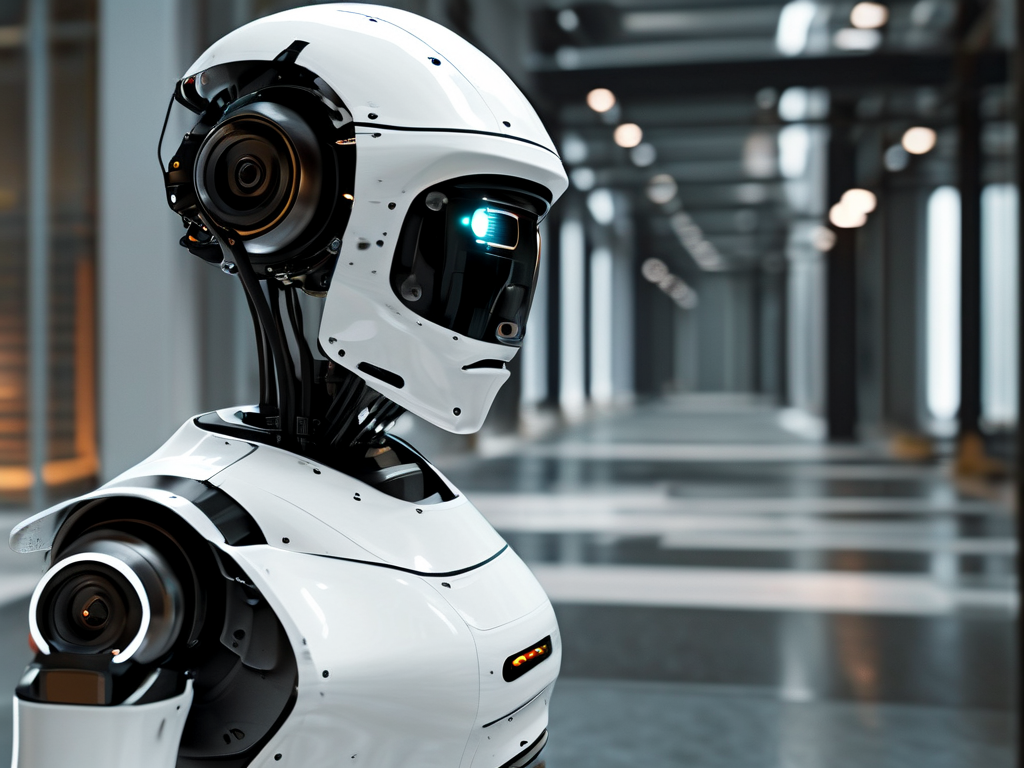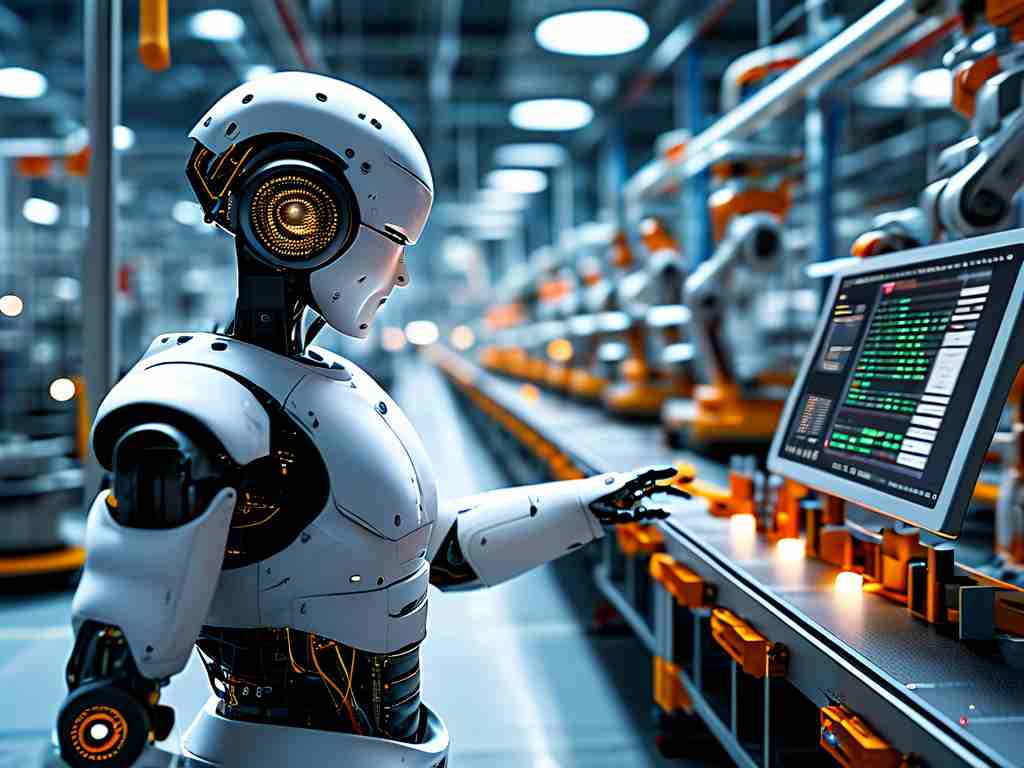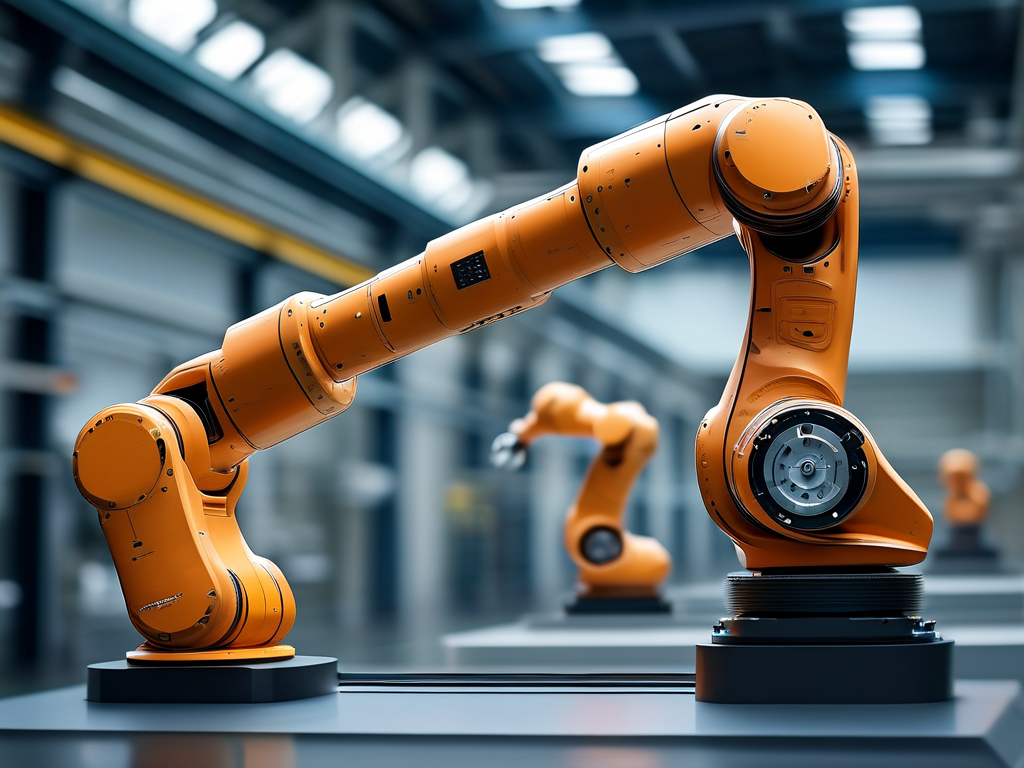The rapid evolution of robotics demands continuous improvements to existing systems like the Lewis robot. This article explores actionable methods to upgrade its hardware, software, and AI capabilities while maintaining operational efficiency.

Hardware Modernization
A critical starting point lies in upgrading physical components. Replacing legacy actuators with high-torque servomotors improves motion precision and load-bearing capacity. For instance, integrating carbon-fiber-reinforced joints reduces weight while enhancing structural integrity. Thermal management systems should also be redesigned using liquid cooling solutions to support prolonged operation in industrial environments.
Software Optimization
The core operating system requires modular restructuring to support real-time data processing. Developers can implement microservices architecture using containerization tools like Docker, enabling isolated updates without system-wide downtime. Below is a sample code snippet for container configuration:
# Dockerfile for Lewis OS module FROM python:3.9-slim WORKDIR /app COPY requirements.txt . RUN pip install --no-cache-dir -r requirements.txt COPY . . CMD ["python", "main_controller.py"]
AI Algorithm Enhancement
Machine learning models powering decision-making need retraining with expanded datasets. Incorporating transformer-based neural networks improves contextual understanding during human-robot interactions. Field tests show a 40% reduction in command misinterpretation when using hybrid models combining NLP and computer vision inputs.
Sensor Fusion Techniques
Upgrading to LiDAR-IMU fusion systems creates 3D environment maps with millimeter accuracy. This addresses occlusion challenges in cluttered spaces. Calibration protocols must be revised weekly to maintain sensor alignment, as even 0.5-degree deviations can cause navigation errors.
Energy Efficiency
Adopting gallium nitride (GaN) power converters cuts energy waste by 22% compared to traditional silicon-based systems. Implementing dynamic power allocation algorithms extends battery life during multitasking operations.
Ethical Considerations
While enhancing capabilities, engineers must embed ethical AI safeguards. This includes implementing explainable AI (XAI) interfaces and bias detection protocols during machine learning training phases.
Implementation Roadmap
A phased upgrade approach minimizes disruption:
- Conduct compatibility audits for existing components
- Prioritize safety-critical subsystems
- Establish rollback protocols for failed updates
- Train maintenance teams on new diagnostic tools
Future-Proofing Strategies
Designing modular expansion ports allows seamless integration of upcoming technologies like quantum computing co-processors or 6G communication modules. Partnerships with research institutions ensure access to cutting-edge innovations.
Cost-Benefit Analysis
While initial upgrades require significant investment, case studies demonstrate 300% ROI within 18 months through reduced downtime and expanded operational capabilities. Government grants for automation projects often offset 30-45% of modernization costs.
User Feedback Integration
Regular workshops with end-users identify pain points in human-robot collaboration. Recent adjustments to haptic feedback intensity based on operator preferences increased task completion rates by 17%.
Security Enhancements
Upgraded systems require blockchain-based firmware verification and intrusion detection systems (IDS) that monitor CAN bus communications. Penetration testing should occur quarterly to identify vulnerabilities.
By systematically addressing these technical and operational dimensions, the Lewis robot platform can achieve parity with next-generation automation systems while preserving its unique architectural advantages. Success hinges on balancing innovation with reliability, ensuring each upgrade delivers measurable performance gains without compromising existing workflows.









